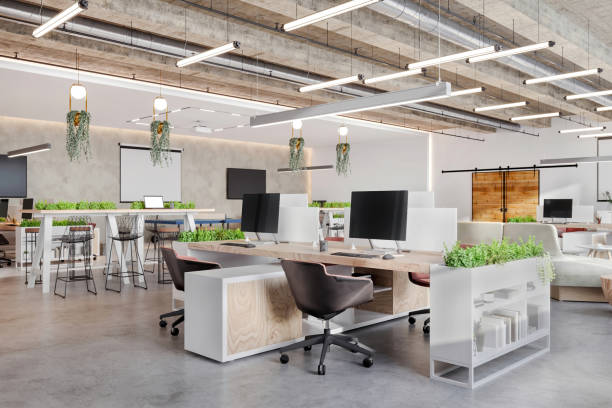Lighting setups that improve videoconference clarity without glare
Good lighting can make remote meetings feel more natural and reduce eye strain while ensuring your face is visible without distracting reflections. This teaser outlines practical, room-friendly approaches to arranging lights, choosing bulbs, and positioning gear so videoconferences look clear and professional without creating glare.

Proper lighting can transform how you appear on video calls: it brightens facial features, balances shadows, and prevents washed-out highlights that cause camera auto-exposure to misbehave. Achieving clarity without glare involves combining natural light control, targeted fixtures, and thoughtful placement relative to your camera and background. These measures help preserve productivity and comfort in a remote workspace while supporting ergonomic posture and visual consistency during long calls.
Lighting and remote videoconference clarity
Clear video depends on even, front-lit illumination that avoids strong backlighting. Position a primary light source slightly above and in front of your face, angled downward to mimic natural daylight; this reduces harsh shadows under the brow and chin. When sunlight enters the room, use blinds or sheer curtains to diffuse direct rays so the camera doesn’t compensate and create silhouettes. Small LED panels or a softbox behind the camera provide steady color temperature and intensity, which improves the camera’s ability to keep exposure consistent across remote meetings.
Workspace positioning and ergonomics
Place your desk and monitor so the camera is at eye level; this supports neutral posture and reduces neck strain. Keep the main light source centered and a little higher than eye level to avoid reflected glare on glasses and screens. If you use multiple monitors, angle secondary displays to prevent reflected light that could cause hotspots on your face. Ergonomic furniture choices that allow micro-adjustments to position help you maintain consistent alignment with lighting, improving on-camera clarity and long-term comfort during extended calls.
Fixtures, bulbs, and color temperature
Choose LEDs with a high color rendering index (CRI 90+ if possible) to reproduce skin tones naturally on camera. Aim for a neutral color temperature between 4000K and 5000K for a balanced look that neither feels too warm nor overly clinical. Dimmable fixtures let you fine-tune intensity to match ambient light; small desk lamps with diffusers or ring lights with adjustable output work well for face illumination. Avoid using mixed color temperatures in the same shot—consistent lighting avoids confusing the camera’s white-balance algorithms and helps presenters appear clearer.
Zoning, acoustics, and organization
Create a lighting zone dedicated to video calls: a consistent strip of light around your desk or a mounted soft key light helps maintain repeatable results. Integrate acoustic panels or soft textiles behind you to reduce echo and prevent hard surfaces from bouncing light into the lens. Organization and storage—like neatly placed shelving or concealed cables—limit visual clutter that can distract the camera’s focus. Thoughtful zoning preserves both image clarity and acoustics, making videoconferencing feel more professional and less fatiguing for attendees.
Managing cables, connectivity, and security
Securely route power and data cables to avoid accidental shifts in light placement or interference with camera angles. Use cable organizers or under-desk trays for neatness and to prevent tripping hazards that could misalign fixtures mid-call. Ensure stable connectivity and test bandwidth before important meetings so cameras and lighting remain synchronized—flicker can appear if streaming drops or if power-saving circuits kick in. Consider a simple surge protector or UPS to protect lighting gear and peripherals and minimize disruptions in long remote sessions.
Routines, greenery, and long-term productivity
Establish routines for daily checks: confirm your camera angle, test lighting balance, and adjust blinds at a set time before meetings. Small touches like a low-contrast backdrop, a well-maintained plant, or a modest lamp can soften the scene and contribute to an inviting, non-reflective background. Incorporating greenery and consistent routines supports sustained productivity by reducing setup time and creating a stable visual identity across calls. Regularly review and tweak settings as seasons and daylight hours change to keep glare minimized and clarity optimized.
In summary, improving videoconference clarity without glare is a combination of controlling natural light, using consistent artificial sources, and arranging your remote workspace with ergonomics and organization in mind. Thoughtful fixture selection, careful placement, and small daily routines make a noticeable difference in how you appear on camera while preserving comfort and productivity over time.





